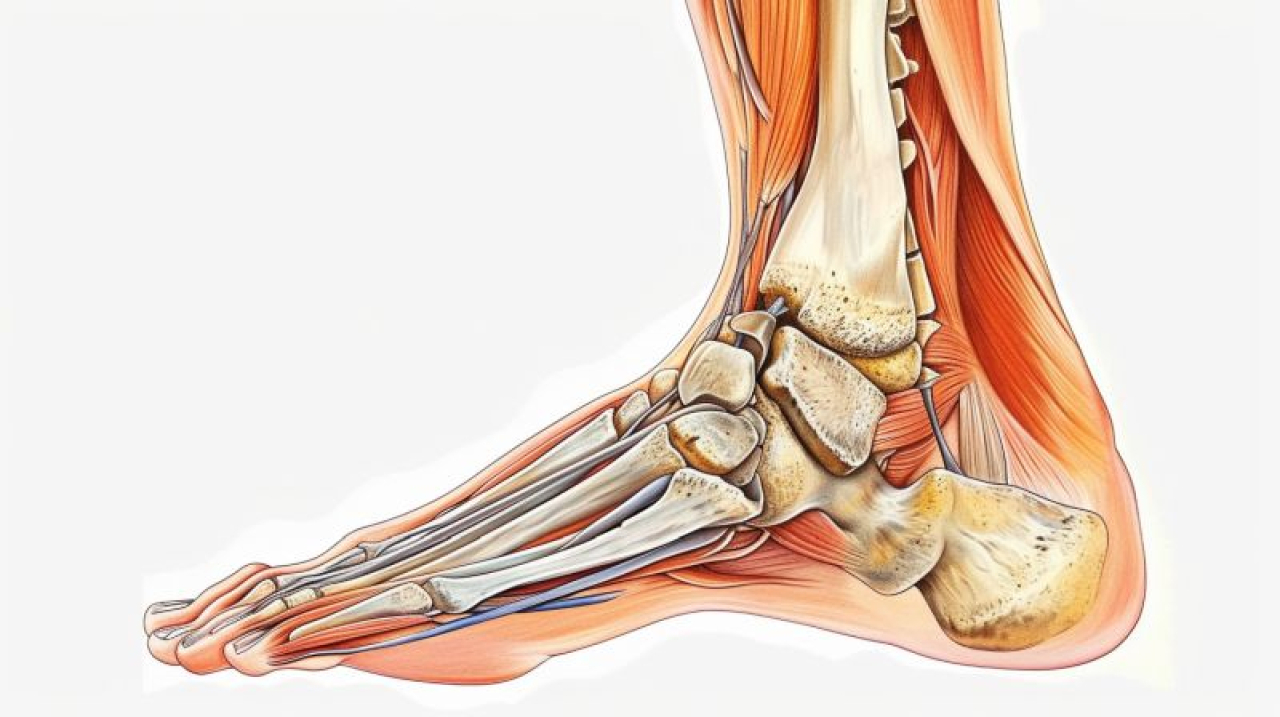The Essential Role of Podiatry in Foot and Ankle Health
Podiatry, often referred to as chiropody in certain regions, is a specialized branch of medicine dedicated to the diagnosis, treatment, and prevention of conditions affecting the feet, ankles, and lower extremities. From routine foot care to complex surgical interventions, podiatrists play a vital role in promoting mobility, alleviating pain, and improving the overall quality of life for individuals of all ages. In this article, we'll explore the multifaceted role of podiatry, shedding light on the diverse conditions treated and interventions employed by these highly skilled healthcare professionals.

Foot Assessment and Diagnosis
At the core of podiatry practice lies the thorough assessment and diagnosis of foot and ankle conditions. Podiatrists possess specialized knowledge of biomechanics, anatomy, and pathology related to the lower limbs, allowing them to identify and evaluate a wide range of issues. From common ailments like bunions, corns, and ingrown toenails to more complex conditions such as plantar fasciitis, Achilles tendonitis, and diabetic foot ulcers, podiatrists employ a combination of clinical examination, imaging studies, and diagnostic tests to formulate accurate diagnoses and tailor treatment plans to meet the individual needs of each patient.

Treatment Modalities
Podiatrists utilize a variety of treatment modalities to address foot and ankle conditions, ranging from conservative measures to surgical interventions. Conservative treatments may include orthotic therapy, which involves the custom design and fabrication of shoe inserts to correct biomechanical imbalances, alleviate pain, and enhance foot function. Additionally, podiatrists may employ physical therapy techniques, such as stretching exercises, manual therapy, and gait analysis, to improve musculoskeletal alignment and prevent further injury.
For acute injuries or conditions resistant to conservative management, podiatric surgery may be recommended. Common surgical procedures performed by podiatrists include bunionectomy, hammertoe correction, neuroma excision, and Achilles tendon repair. With advancements in surgical techniques and technology, many procedures can now be performed on an outpatient basis, minimizing downtime and facilitating faster recovery.
Diabetic Foot Care
One area in which podiatrists play a critical role is in the management of diabetic foot complications. Diabetes can lead to a range of foot problems, including peripheral neuropathy (nerve damage), peripheral arterial disease (poor circulation), and foot ulcers. Left untreated, these issues can result in serious complications such as infection, gangrene, and even limb amputation. Podiatrists are trained to assess diabetic foot health, identify risk factors, and implement preventive strategies to minimize the likelihood of complications.
Routine foot examinations, vascular assessments, and education on proper foot care are essential components of diabetic foot management. Podiatrists may also provide guidance on footwear selection, wound care techniques, and strategies to optimize blood sugar control. By taking a proactive approach to diabetic foot care, podiatrists help individuals with diabetes maintain foot health, prevent complications, and preserve mobility.
Sports Podiatry
Athletes and active individuals often encounter foot and ankle injuries related to sports and physical activity. There are specific clinics, such as AppliedMotion, which have dedicated podiatrist team specialising in sports podiatry. They in the assess and treat of those very specific conditions, aiming to facilitate optimal performance and prevent recurrent injuries. Whether it's addressing overuse injuries like stress fractures and Achilles tendonitis or providing biomechanical analysis and orthotic prescription to improve athletic mechanics, sports podiatrists play a vital role in keeping athletes on their feet and in the game.
Additionally, sports podiatrists may offer advice on footwear selection, training regimens, and injury prevention strategies tailored to the specific demands of each sport or activity. By addressing underlying biomechanical issues and optimizing foot function, sports podiatrists help athletes achieve peak performance while reducing the risk of injury and enhancing overall athletic longevity.

Geriatric Foot Care
As individuals age, they may experience changes in foot structure, function, and skin integrity that require specialized care. Geriatric podiatrists focus on addressing the unique foot care needs of older adults, including managing chronic conditions such as arthritis, osteoporosis, and peripheral vascular disease. Podiatrists play a crucial role in preventing falls and promoting mobility among older adults by addressing foot pain, deformities, and balance issues.
In addition to routine foot care services such as nail trimming, callus reduction, and wound care, geriatric podiatrists may provide education on foot hygiene, footwear selection, and fall prevention strategies. By addressing foot-related issues proactively, podiatrists help older adults maintain independence, mobility, and overall quality of life as they age.
In conclusion, podiatry plays a pivotal role in promoting foot and ankle health, addressing a wide range of conditions that impact mobility, comfort, and overall well-being. From routine foot care to advanced surgical interventions, podiatrists employ a holistic approach to diagnosis and treatment, tailored to meet the unique needs of each patient. Whether managing chronic conditions like diabetes and arthritis, treating acute injuries, or optimizing foot function for athletes and active individuals, podiatrists are dedicated to improving quality of life and enhancing mobility for individuals of all ages. As awareness of the importance of foot health continues to grow, podiatry will remain an indispensable specialty, providing essential care to patients worldwide.
- Understanding Reciprocating Compressors -The Power Behind Efficient Cooling and Heating
-
Electric Mercedes-Benz G-Wagen - A New Dimension of Luxury and Off-Road Capability

The Mercedes-Benz G-Wagen, known as an icon of off-road vehicles, is undergoing a transformation. The G580 model with EQ Technology, set to debut in 2025, heralds the future of luxury SUVs. This electric vehicle not only matches its gasoline predecessors in capabilities but also surpasses them, becoming the ultimate expression of luxury and off-road prowess.
-
Explore the Ease of Calculating Percentage Increase with Our New Online Calculator

In the realm of finance, education, or daily budgeting, understanding percentage increases is crucial. Our newly introduced online Percentage Increase Calculator offers a streamlined, user-friendly solution for anyone needing to compute percentage changes quickly and accurately. This tool is designed to make your calculations as straightforward as possible, eliminating the hassle of manual calculations.
-
Introduction to the Proton Puzzle

The proton, also known as one of the two elementary constituents of atoms, has long been a focus of physicists as a research object. In fact, years of experiments using electron beams have allowed for some aspects of it to be explored. However, only now researchers are reaching for new tools and techniques to better understand this extremely important element of matter.
-
The Return of World of Warcraft to China

Fans of World of Warcraft in China can breathe a sigh of relief - their favorite game is returning to the Chinese market this summer. This joyful news arrived after the Chinese video game giant NetEase announced it had resolved its dispute with game publisher Activision Blizzard. The conflict between the companies, which lasted since last year, concerned control over intellectual property rights, resulting in the termination of a 14-year partnership and the withdrawal of popular titles from the Chinese market.


